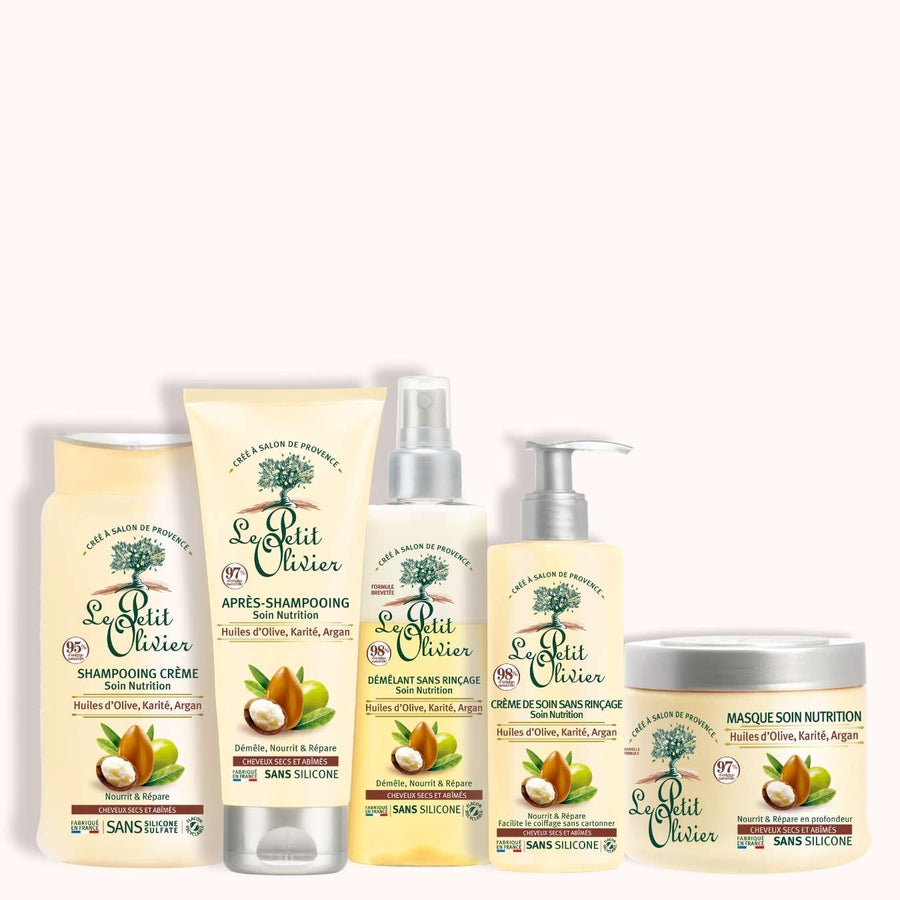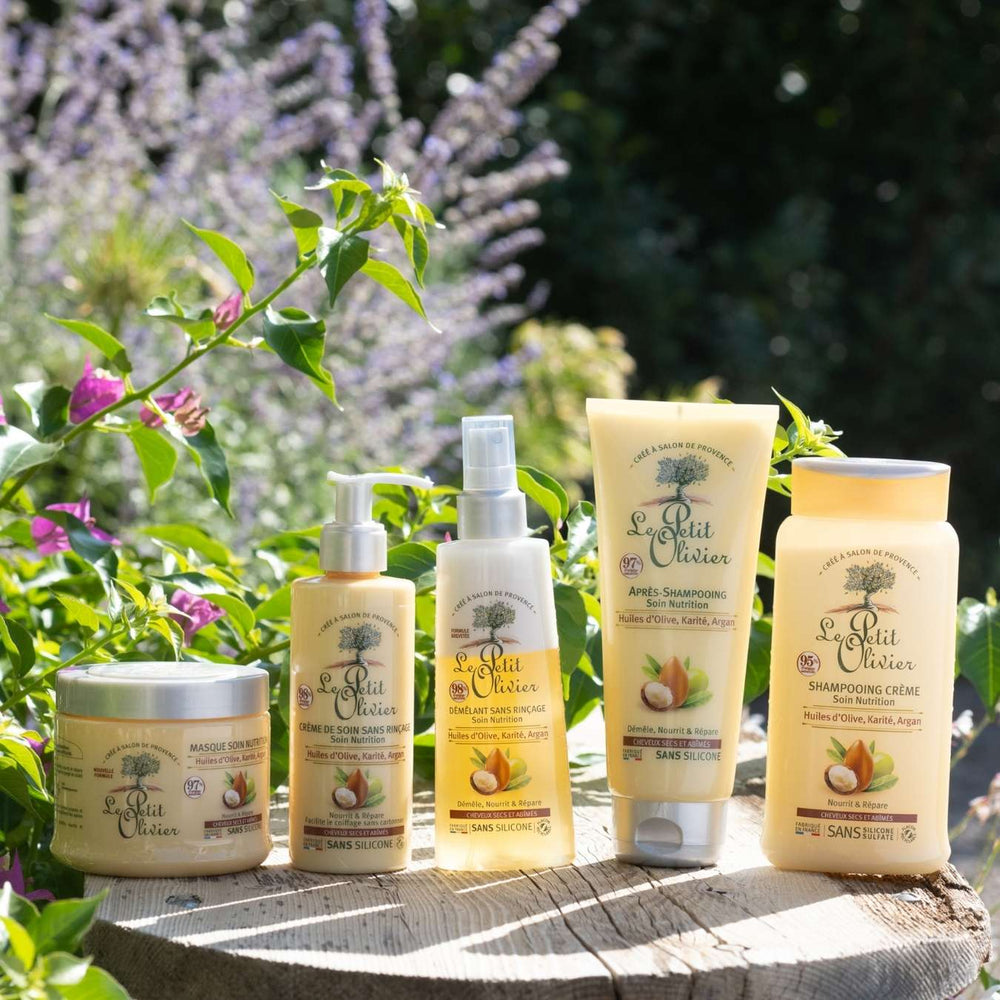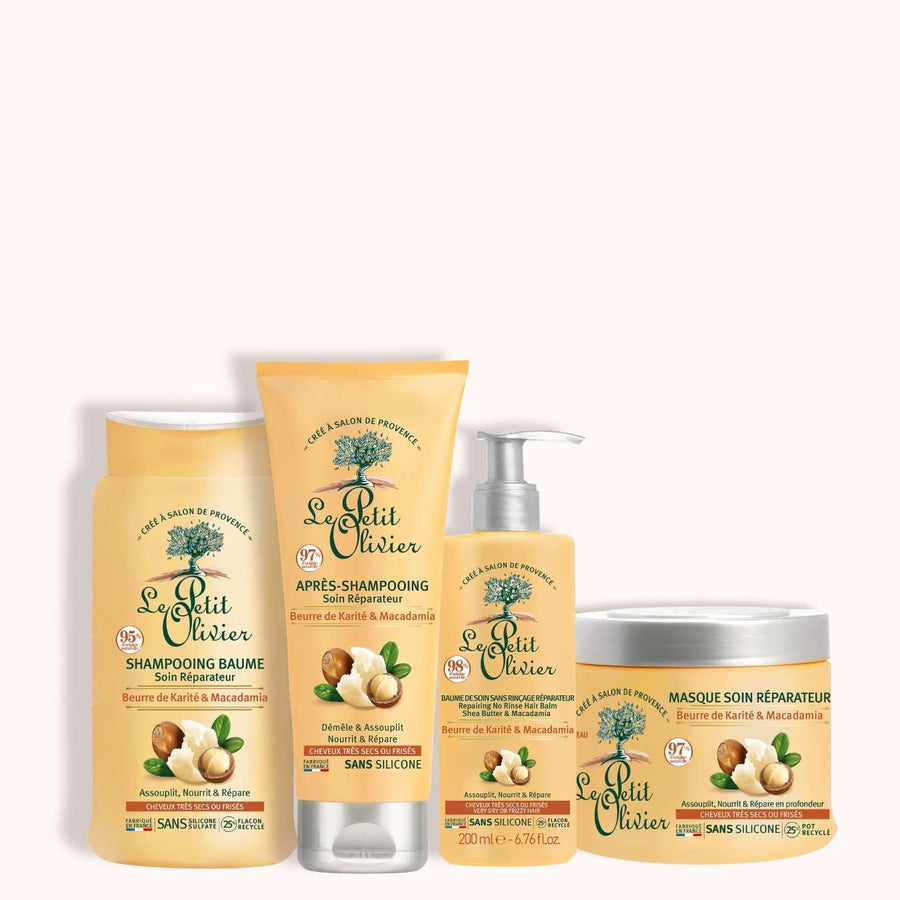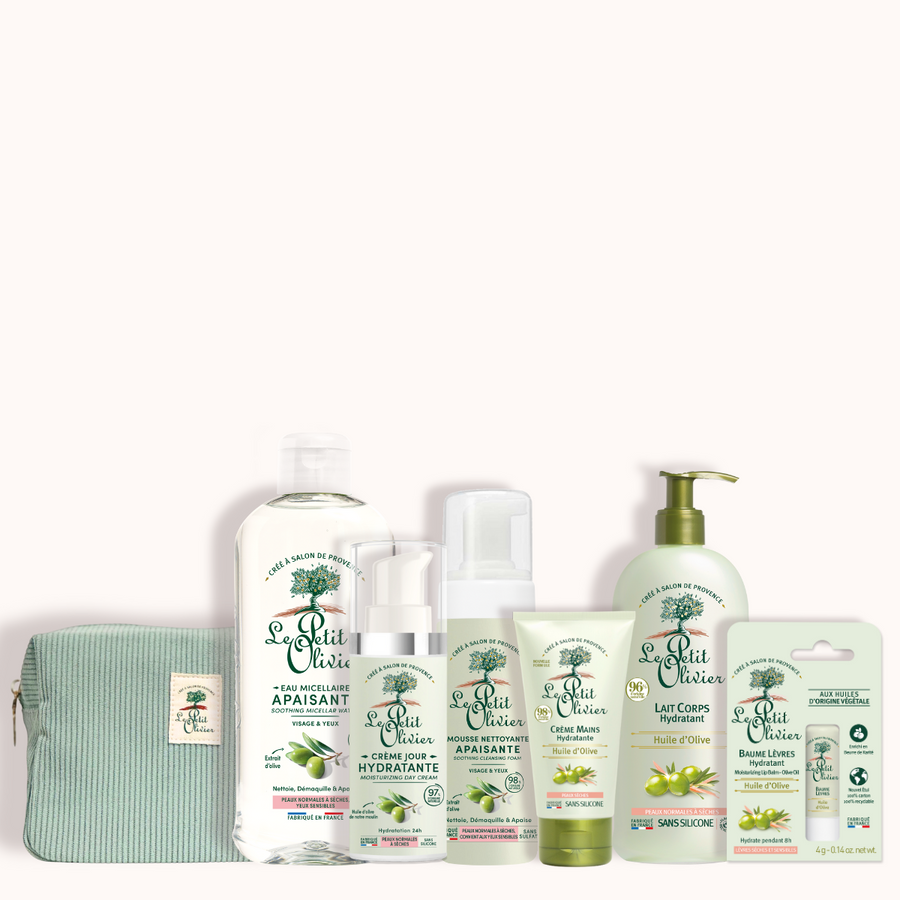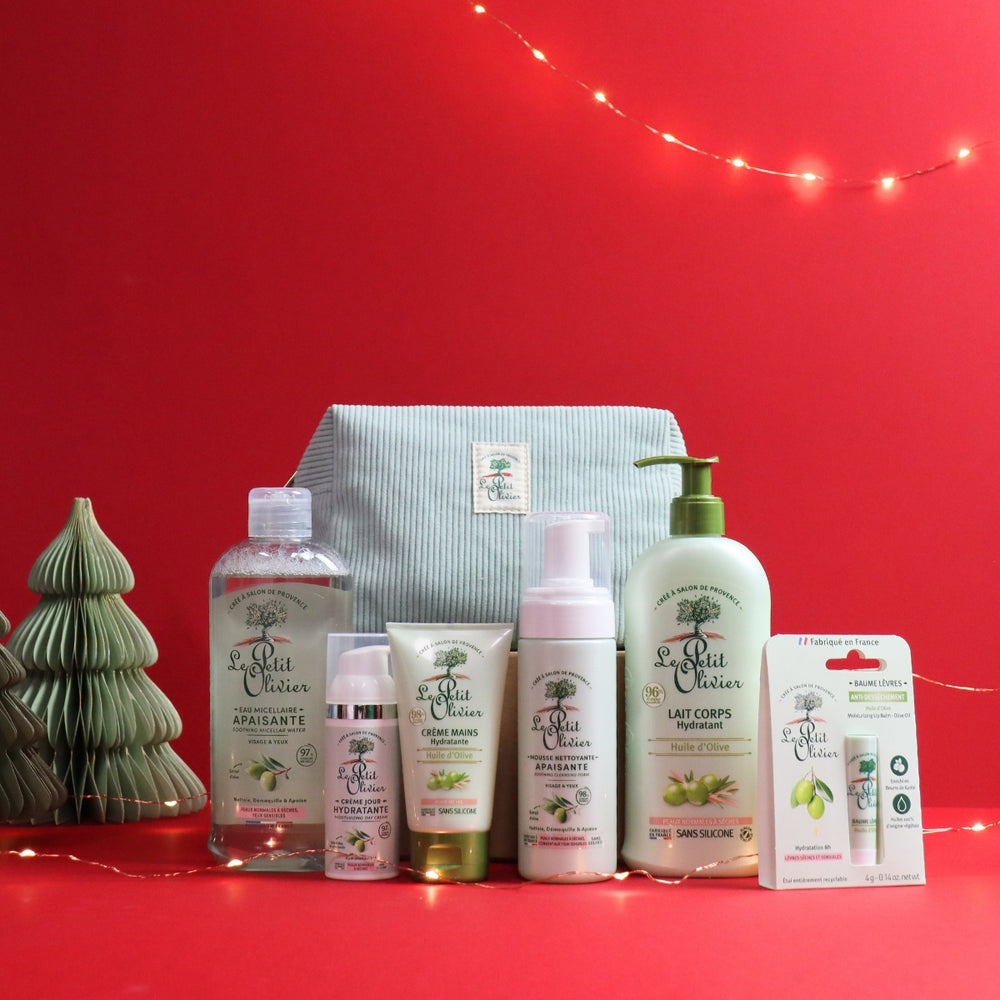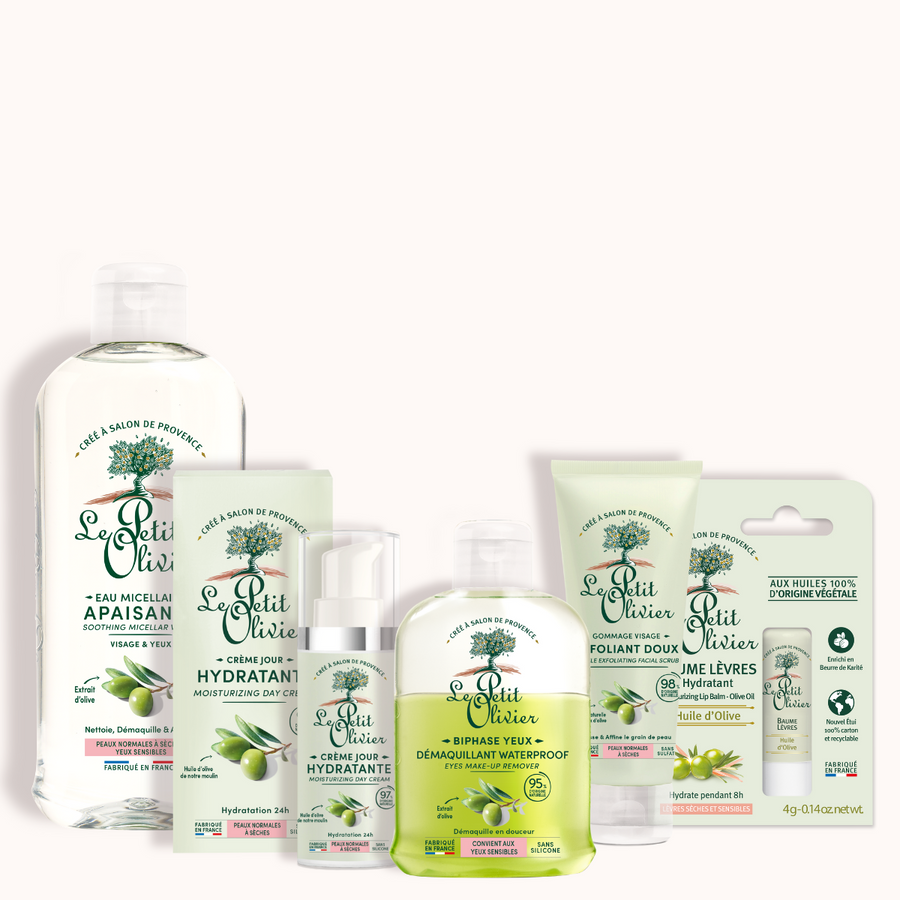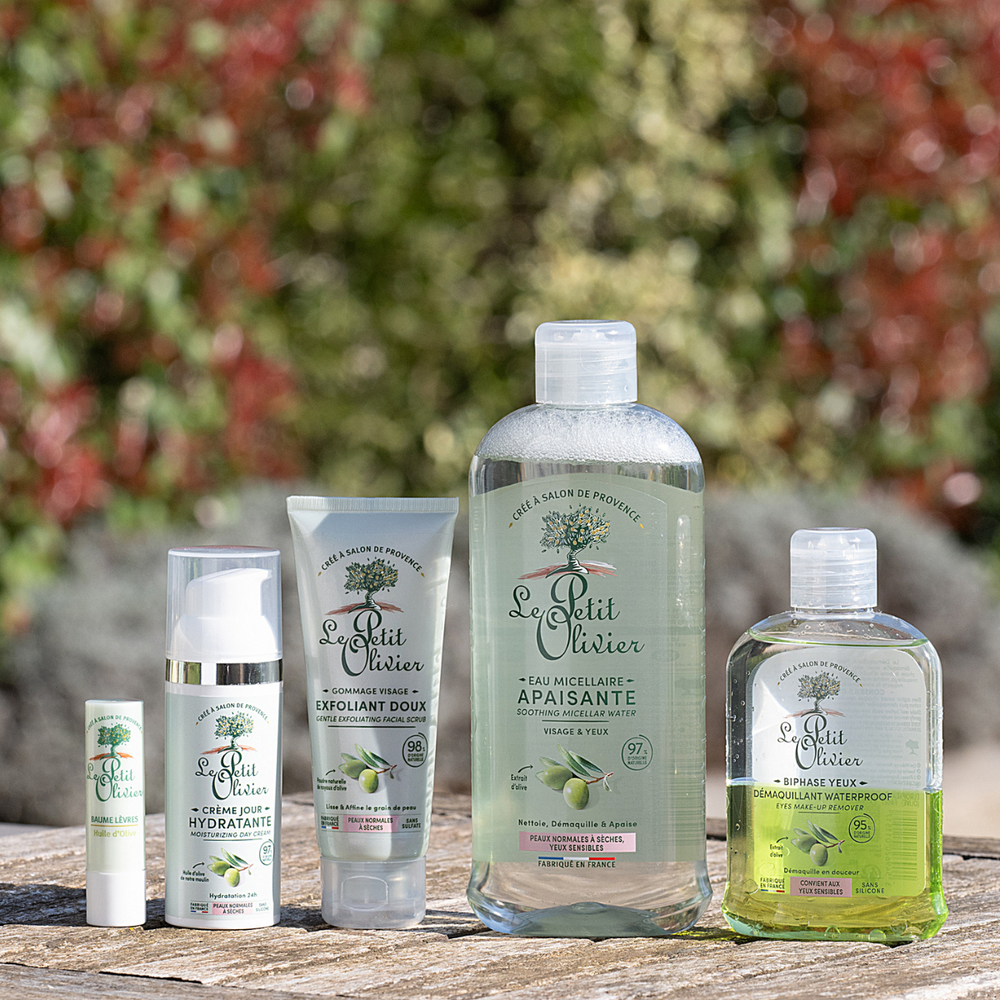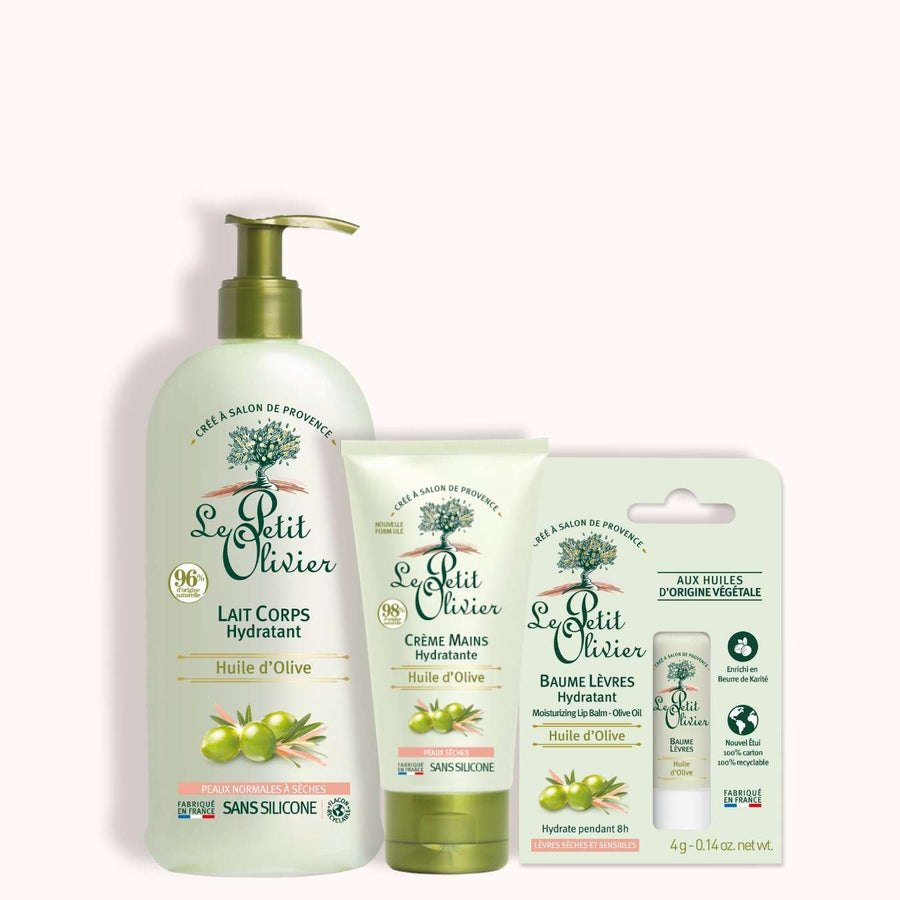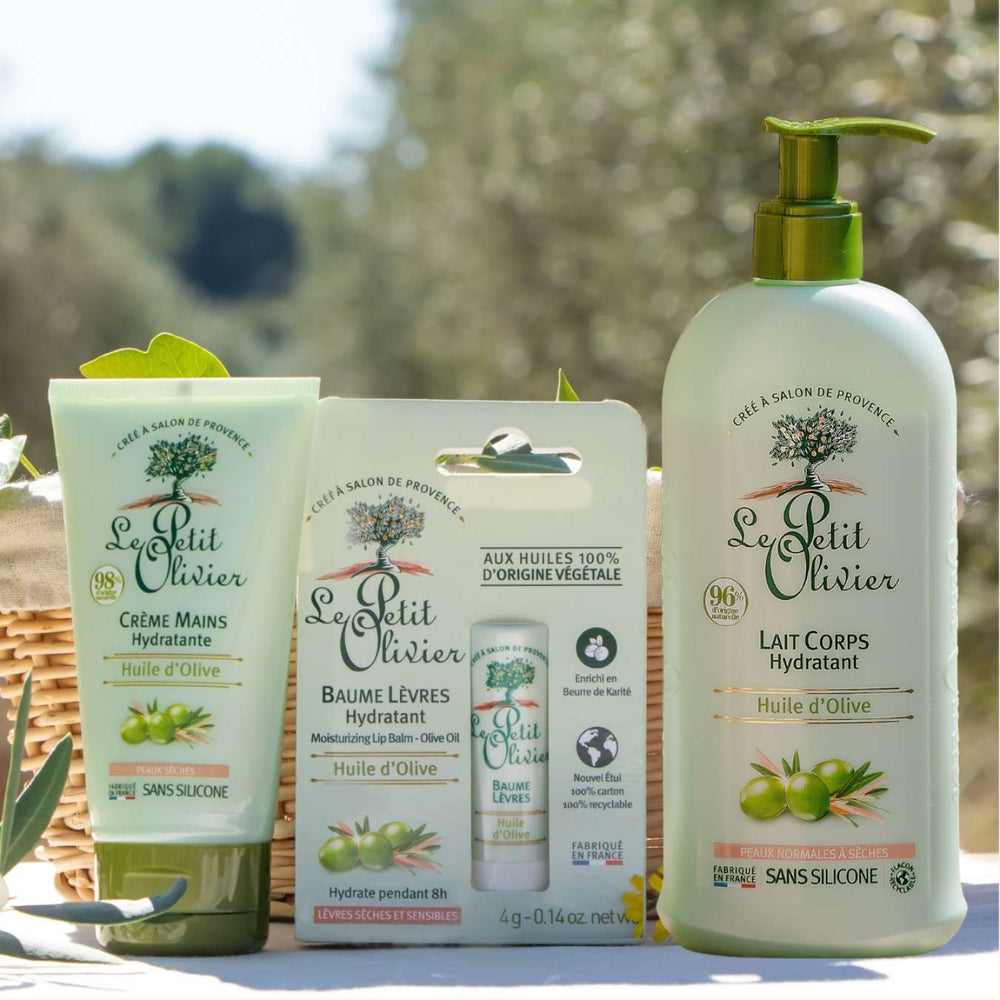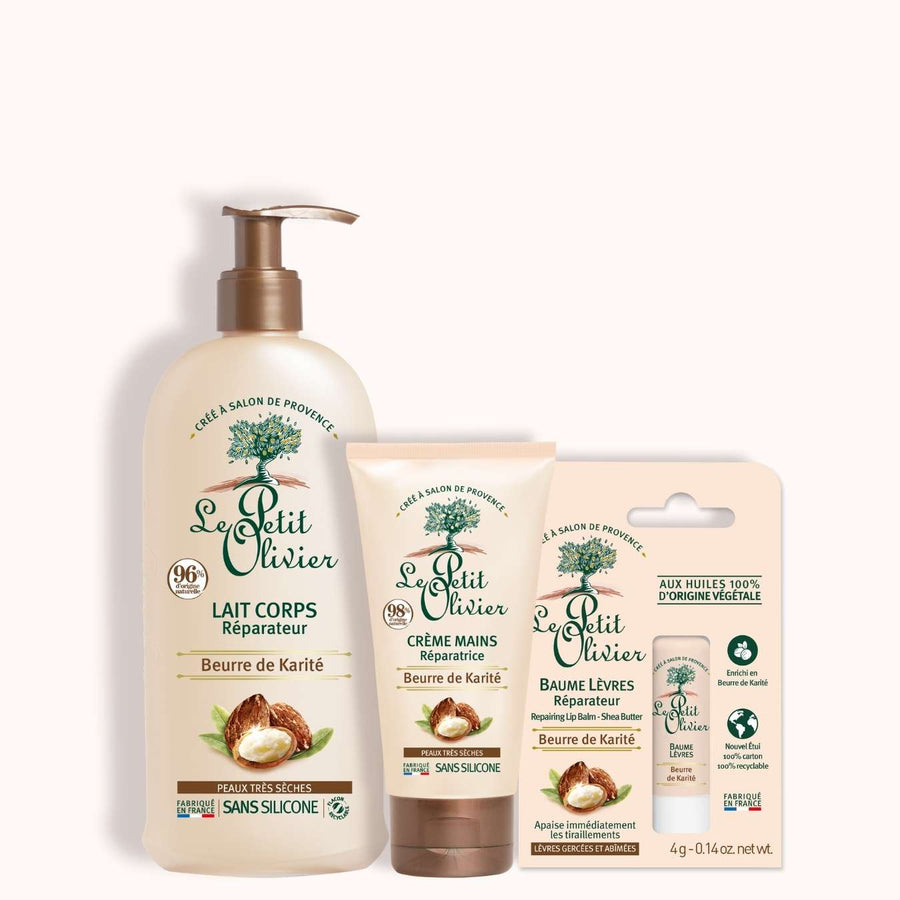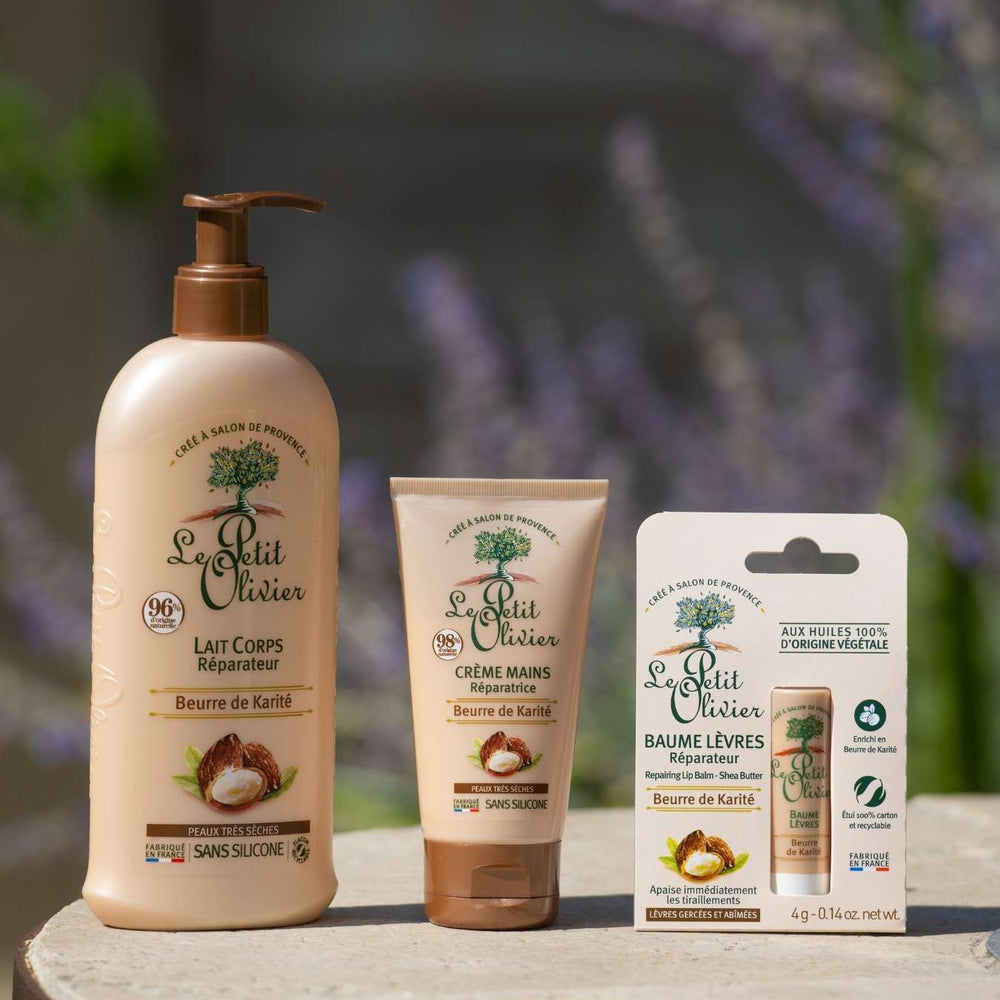Does conditioner help reduce frizz?
Frizz, those unruly strands that disrupt the harmony of your hairstyle, is often the bane of many a person's existence. Have you ever wondered whether a simple hair conditioner could be the solution to this hair problem? Hair detanglers play a crucial role in hair maintenance and management, but their effectiveness against frizz deserves to be explored in depth.
On this page, we'll discover how detangler works on the hair fiber and examine the main causes of frizz. Finally, we'll discuss optimal application techniques and precautions to maximize the benefits of detangler while avoiding any adverse reactions. Get ready to transform your hair routine by understanding the benefits of using a hair detangler!
The role of hair conditioner
Main function of hair conditioner
Hair detanglers are an essential ally for those who want to simplify their hair routine while preserving the delicacy of their strands. Its primary function is to facilitate brushing by reducing tangles, thus avoiding the tugging often responsible for breakage. Imagine hair where every strand glides easily under your fingers, without resistance or pain. This is precisely the experience that regular use of a good conditioner promises.
How detanglers work on the hair fiber
The action of detanglers on the hair fiber is based on simple but effective principles. When applied to damp hair, the product penetrates between the open scales of the hair cuticle. This process not only softens the hair shaft, but also smoothes the scales so that they close harmoniously. In this way, it helps limit the appearance of unwanted frizz that can dull the overall look of your hairstyle.
Take, for example, a particularly humid day: without adequate protection, your hair could absorb ambient humidity and swell, creating that dreaded frizz. By using the right detangler, you give your strands a barrier against these external aggressions, while preserving their natural texture. This doesn't mean, however, that all products are created equal, so it's best to choose a conditioner formulated to respect your hair type and meet its specific needs.
Causes of frizz in the hair
Environmental factors responsible for frizz
Ambienthumidity is one of the main culprits when it comes to frizz. Imagine a rainy day when your hair seems to have come to life, rebelling against any attempt at styling. This is due to hair's natural ability to absorb moisture from the air, causing it to swell and separate into small, unruly curls. Wind can also exacerbate this problem by creating more friction between hair fibers.
The cold of winter is not to be outdone either. It reduces humidity levels in the air, drying out the hair fiber and making it more porous and prone to frizz. Sudden variations in temperature between a heated interior and an icy exterior intensify this phenomenon, making hair even harder to control.
Frizz-prone hair characteristics
Not all hair types are equal when it comes to frizz. Naturally curly or wavy hair tends to be more vulnerable to this phenomenon due to its intrinsic structure. The cuticle that covers each hair is often slightly raised in these hair types, facilitating the penetration of humidity and therefore the formation of frizz.
What's more, fragile or damaged hair has a damaged cuticle that no longer effectively plays its protective role. This can be the result of excessive exposure to aggressive chemical treatments such as straightening or repeated coloring. These practices alter the hair's surface, making it less able to resist external aggressions such as humidity or wind.
Finally, it's worth mentioning that certain daily habits can exacerbate this problem: using a rough towel to dry your hair or adopting too-tight hairstyles inevitably increases the risk of those dreaded flyaways appearing.
Can conditioner reduce frizz?
Mechanism of anti-frizz conditioner
In the quest for smooth, controlled hair, hair detangler is an asset of choice. But how does it really work on those untamed frizzies? The secret lies in its ability to create a protective envelope around each strand. By depositing a silky film on the hair fiber, detangler limits excessive moisture absorption, often responsible for the appearance of frizz. This invisible barrier keeps hair scales aligned, reducing friction and preventing flyaways.
Studies and testimonials on the effectiveness of conditioner
The effectiveness of detanglers in reducing frizz is more than just a marketing promise; it's backed up by various testimonials and studies conducted by hair cosmetology experts. Many users report a marked improvement in hair texture after incorporating a good detangler into their daily routine. They find that their curls are better defined and their overall style more harmonious.
At the same time, a number of studies have highlighted the positive impact of detanglers on reducing frizz. This research shows that regular application of a well-formulated product can significantly reduce the overall volume caused by frizz, while visibly improving hair's natural shine.
However, it's still essential to choose a product suited to your specific hair type to maximize these benefits. A good tip would therefore be to opt for a detangler that not only meets the particular needs of your hair, but also aligns with your sensory preferences - whether it's a delicate fragrance or a light texture that makes it easy to apply.
Moisturizing substances in detanglers
To tame frizz,moisturizing remains a fundamental element. Effective detanglers incorporate moisturizing substances that penetrate deep into the hair fiber, providing incomparable softness and suppleness. These active ingredients often include natural extracts such as sweet almond, renowned for its softening properties. These extracts wrap each hair in a protective layer that retains essential moisture, preventing the dryness responsible for frizz.
Another precious active ingredient is kelp, a seaweed with powerful moisturizing properties that helps strengthen hair's natural lipid barrier. It helps maintain optimal moisture levels while preserving your hair's silky texture. Thanks to these active ingredients, your hair becomes more resistant to environmental aggressors such as wind or excessive humidity.
Smoothing agents in detanglers
In addition to hydration, the smoothing power of a detangler plays a crucial role in reducing frizz. Smoothing agents work by sealing the hair cuticles, creating an even, reflective surface that minimizes friction between strands. These agents often include proteins derived from plant sources, which strengthen and repair hair structure.
It's this synergy between intense hydration and smoothing action that enables detangler to transform your daily hair experience into a pleasant and effective one. By incorporating these key elements into your beauty routine, you could see not only a significant reduction in frizz, but also an overall improvement in the look and feel of your hair.
How to use detangler effectively to reduce frizz
Optimum conditioner application technique
Applying detangler is more than just a mechanical gesture; it requires a methodical approach to ensure its effectiveness. Start by wetting your hair, as water plays a crucial role in slightly opening the hair cuticles, allowing the product to penetrate better. Then apply the detangler to your lengths and ends, avoiding the roots to avoid weighing hair down.
Use a wide-tooth comb to distribute the product evenly. This type of comb is ideal for minimizing breakage while gently loosening knots. Always work from ends to roots to prevent unnecessary stress on the hair fiber. Leave in for a few moments to allow the active ingredients to take effect before styling.
Frequent use for visible results against frizz
Regularity is your best ally in the fight against frizz. Incorporate the use of detangler into every wash, especially if you have curly or frizzy hair, which is more prone to tangles and flyaways. However, adapt the frequency according to your hair type: while some might benefit from daily application, others will find a more spaced-out rhythm sufficient.
Also bear in mind seasonal variations, which can influence your hair's needs. For example, during winter, when the air is dry, your hair may need extra attention with more frequent use of detangler to maintain moisture and effectively combat frizz.
By following these simple but precise tips, you can transform your hair routine into a soothing and effective ritual, gradually reducing that untamed frizz while enhancing your hair every day.
Precautions to take when using detanglers
Avoiding allergic reactions to detanglers
The use of a hair conditioner, while beneficial for the hair, requires a few precautions to avoid any adverse reactions. Before incorporating a new product into your hair routine, it's wise to carry out a test application on a small area of skin, such as the crease of the elbow or the wrist. This will detect any sensitivity to the active ingredients in the conditioner.
It's also crucial to read the manufacturer's instructions carefully and check whether the product contains essential oils, as these can sometimes cause severe allergic skin reactions. If you've had a reaction to certain hair care products in the past, be particularly vigilant and consult a professional if necessary.
Remember, skin contact should be minimized as much as possible. Use your fingers to gently apply the product to lengths and ends only, avoiding the scalp. In the event of accidental contact with skin or eyes, rinse immediately with plenty of lukewarm water to prevent irritation.
We recommend these other pages:
